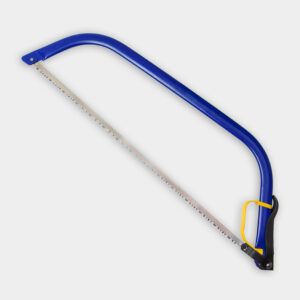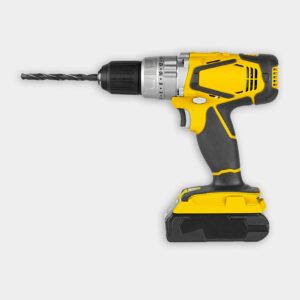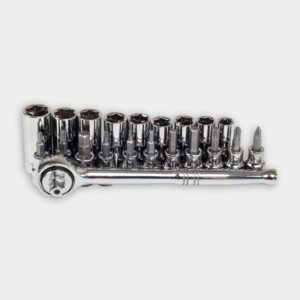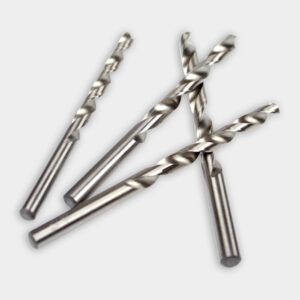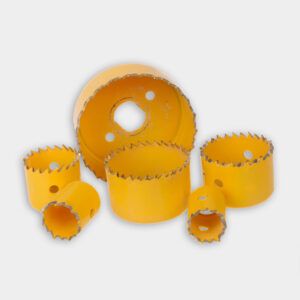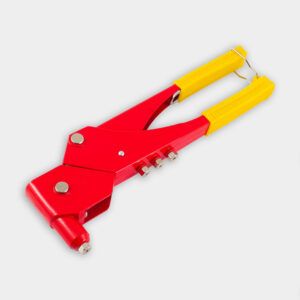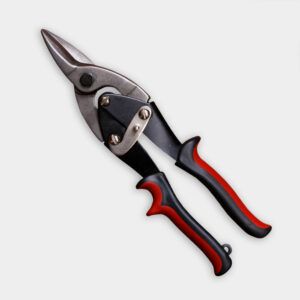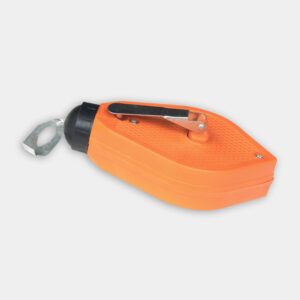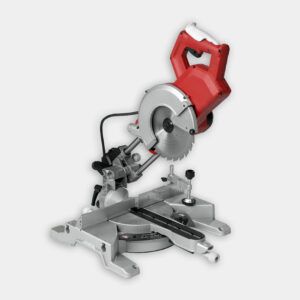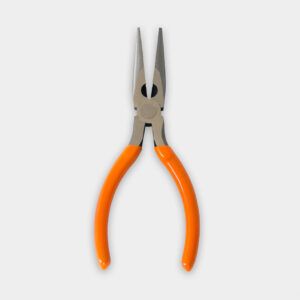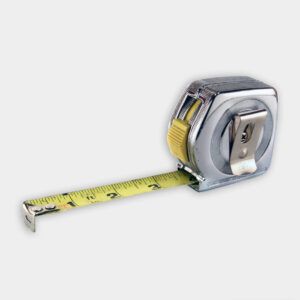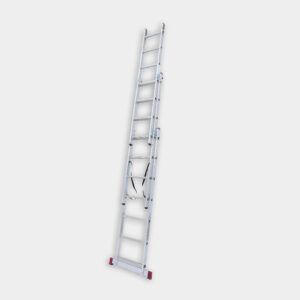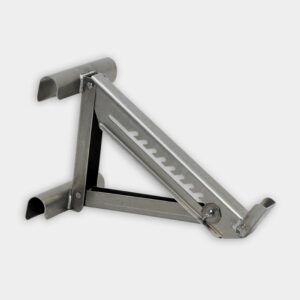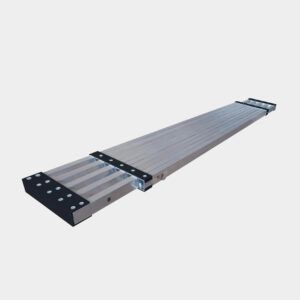Project details
Skill
Cost
Estimated Time
For homes in most regions of the country, rain gutters and downspouts are necessary to collect and carry away rainwater. Without them, water would erode the soil around the foundation, splash dirt onto the siding, and likely leak into the basement or crawlspace.
Gutters are most often installed by professionals, but there’s no reason you can’t do it yourself. Even many common gutter repair needs can be done by homeowners. All the materials and accessories are readily available at home centers, lumberyards, and roofing-supply firms. There are even DIY gutter guards to protect your newly installed gutters. And if you’re going to replace your gutters and downspouts, you may as well upgrade the entire look and performance of the rainwater system.
Here, we’ll show how to install reproduction half-round gutters that are exact replicas of the size and style of gutters found on older homes. This system features corrugated downspouts and decorative cast-aluminum brackets.
Overview on Rain Gutters
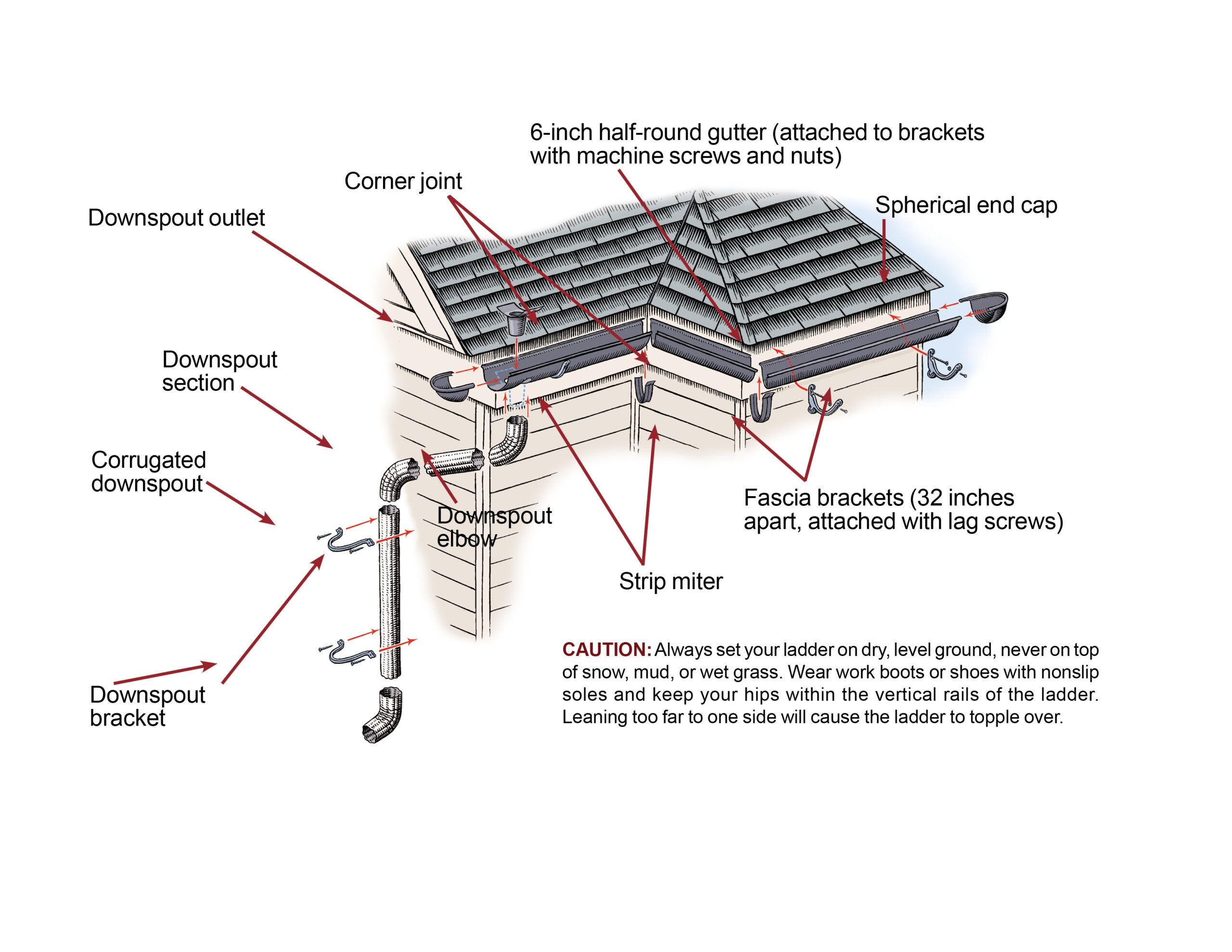
Many homeowners nurse their battered, leaky gutters along because they just don’t see the reward of new gutters outweighing the effort required to replace them. That’s why we enlisted Agustin Crookston, owner of Classic Gutter Systems in Kalamazoo, Michigan, to show how attractive gutters can be—and how easy to install.
What Happens If You Don’t Have Gutters?
If you have a house that doesn’t have a rain gutter, the rainwater that comes off the roof and hits the ground could damage the siding and trim. If you have a basement, the water could also leak into it. Rain gutters keep water out and your home secure.
Cost of Rain Gutters
His company makes distinctive, half-round reproduction gutters, which have been featured on several This Old House TV projects. The dark-green aluminum gutters used here ($2.75 per linear foot, materials only) were attached to the fascia with cast-aluminum, closed-curl brackets ($8 each), which the homeowners spray-painted antique gold. At the ends of the gutters are 4-inch-diameter corrugated aluminum downspouts ($1.75 per linear foot), which were ordered in white to match the house trim.
Proper gutter drainage is important so to ensure that gutters drain properly, make certain they slope (½ inch for every 10 feet) toward a downspout. For gutter runs longer than 40 feet, it’s best to pitch the gutter down from the middle to a downspout at each end. Or you can slope the gutters down from each end toward a single downspout placed in the middle of the run. Determine what works best for your house before ordering gutters and attachments.
How to Install Gutters in 8 Steps
1. Snap layout lines
- Mark the highest point of the gutter run on the fascia 1 ¼ inches below the metal drip-edge flashing (on the extra-wide fascia shown here, the gutter is lower down).
- At the other end of the fascia (or at the downspout location if there’s one in the middle of the run), mark the low end of the gutter run, keeping in mind that the slope should be approximately ½ inch for every 10 feet of run.
- Snap a chalk line between the two points (as shown).
Tip: Check the fascia for rot — and make repairs if necessary — before installing the gutters.
2. Attach fascia brackets
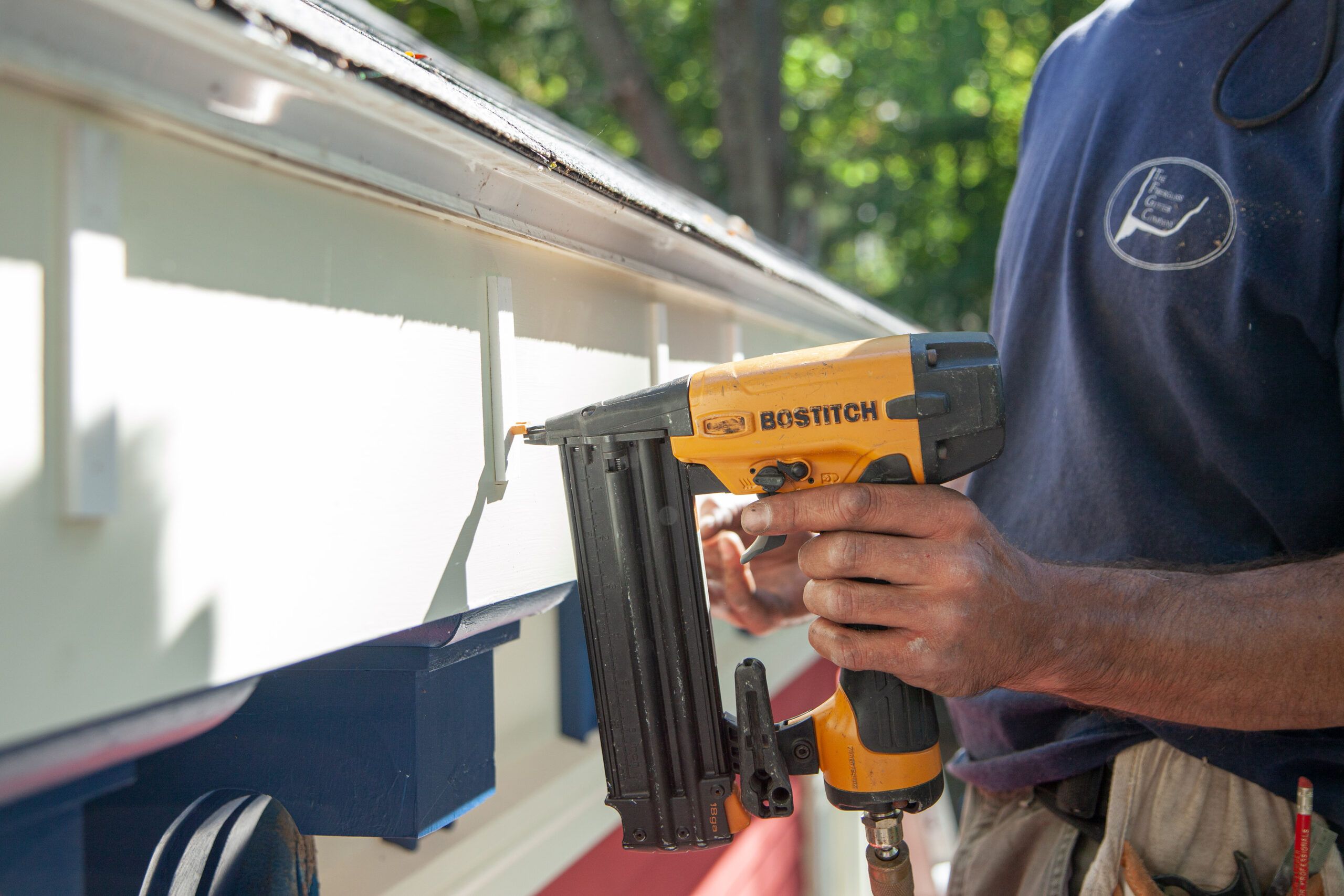
- Locate the rafter tails behind the fascia; they’re typically spaced 16 inches on center (look for telltale nail heads).
- Make a mark at the chalk line on every other rafter tail.
- Bore a ⅛-inch-diameter pilot hole through the fascia and into the rafter tail at each mark.
- Fasten fascia brackets with ¼-inch stainless steel lag screws long enough to penetrate rafters 2 inches (as shown).
Tip: Rub soap on the lag screws so they’ll be easier to drive through fascia and into rafter tails.
3. Saw gutter to length
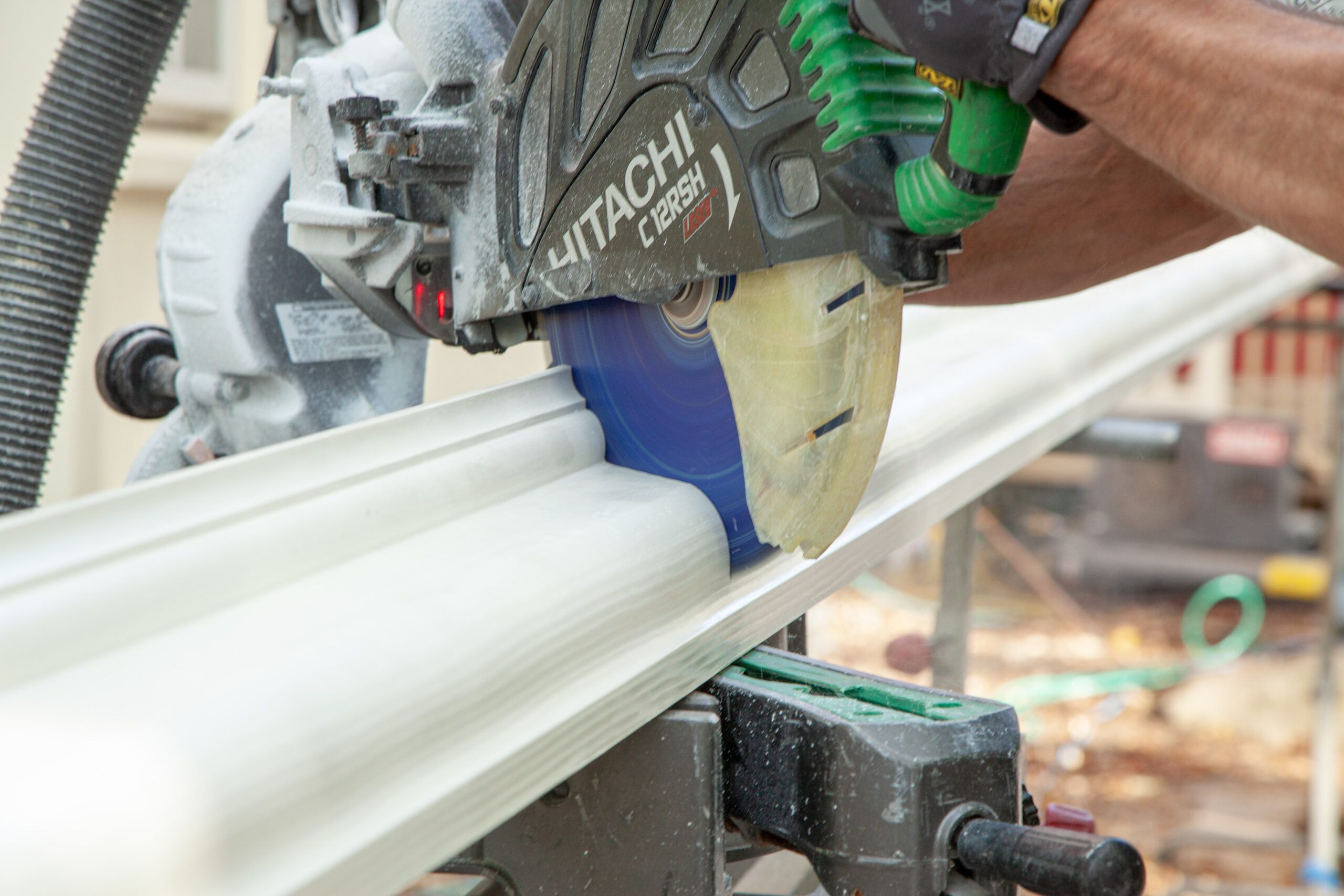
- Cut gutter section to length with hacksaw and aviation snips, or with a 12-inch power miter saw fitted with a carbide-tipped finish blade (as shown).
- If the gutter continues around a corner, cut the appropriate angle (typically 45 degrees) on that end.
- If the run requires two sections of gutter, overlap them by 8 inches and use a 3/8-inch-long, self-tapping, stainless steel screws or pop rivets, in two rows of four each, to join them.
Tip: Locate screws or rivets in the sides of the gutter, never in the bottom.
4. Attach end caps
- At the square-cut end of the gutter, attach a spherical end cap with aluminum pop rivets. (If the gutter doesn’t turn a corner, fasten an end cap to each end.)
- To do this, hold the end cap in place temporarily with a single sheet-metal screw, then drill a 1/8-inch-diameter hole and install one pop rivet (above).
- Remove the temporary screw and replace it with a rivet.
- To ensure a watertight joint, seal the rivets and the end-cap seam on the inside of the gutter with a high-quality siliconized caulk.
5. Cut downspout holes
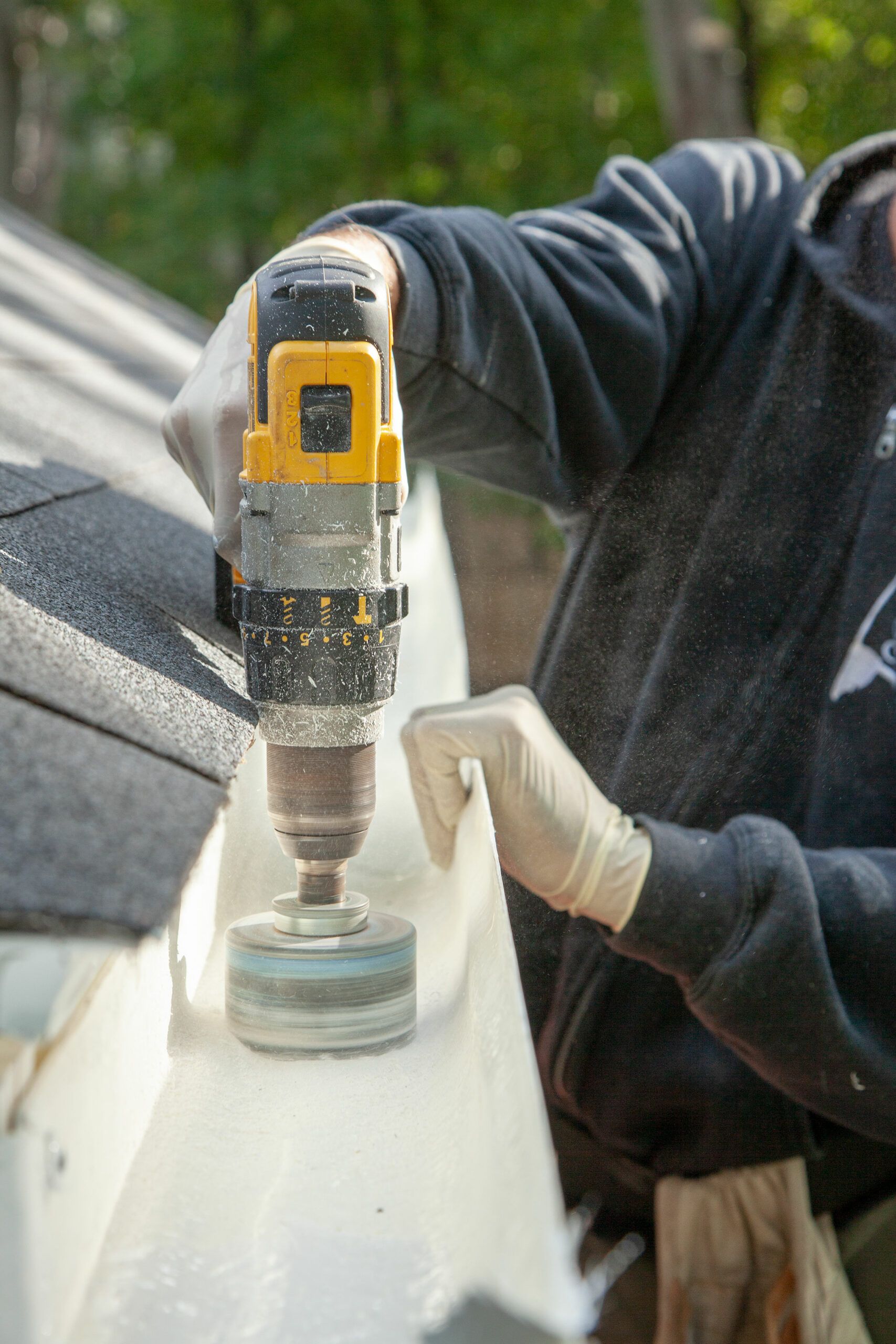
- Use a downspout outlet to mark the location of the downspout on the low end of the gutter.
- To do this, turn the gutter upside down and place the outlet on top.
- Trace around the inside of the outlet to mark the downspout hole on the gutter.
- Drill a ¼-inch-diameter hole through the center of the circular outline.
- Turn the gutter over and cut the downspout hole using a 4-inch-diameter hole saw chucked into a drill (as shown). (You can also use a hammer and cold chisel to cut the hole.)
6. Install gutter
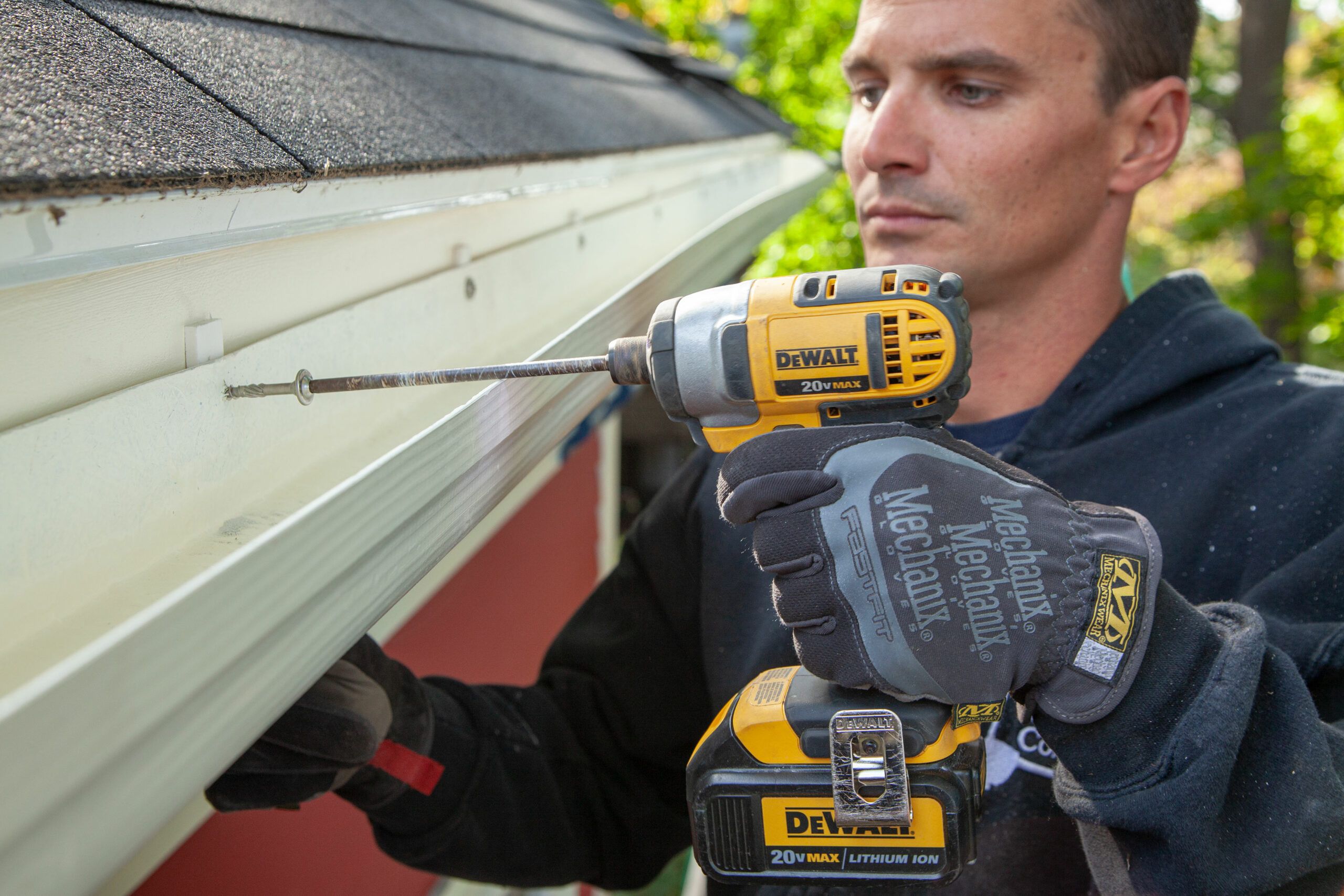
- Lay the gutter into the brackets that you’ve lag-screwed to the fascia.
- Rotate the gutter upward until its back edge slips into the hooks at the top of the back of the brackets (as shown).
- Through the screw-mounting hole in each bracket, drill a 3/16-inch-diameter hole in the front edge of the gutter.
- Secure the gutter to the bracket with a 1-inch-long #8-32 stainless steel machine screw and flanged nut.
Tip: Aluminum gutters and brackets can be spray-painted to match — or contrast with — the house trim.
7. Form strip-miter joint at corner
- Cover the joint between two lengths of gutter at each corner with a strip miter — a 3-inch-wide strip of aluminum.
- Wrap the aluminum strip tight around the underside of the gutter. Secure it with eight pop rivets or sheet-metal screws.
- Cut a triangular section from the top of the strip miter (as shown) with snips, and then fold down the two flaps around the top edge of the gutter.
- This joint can also be made more waterproof with the addition of a high-quality siliconized caulk.
8. Connect downspout to gutter
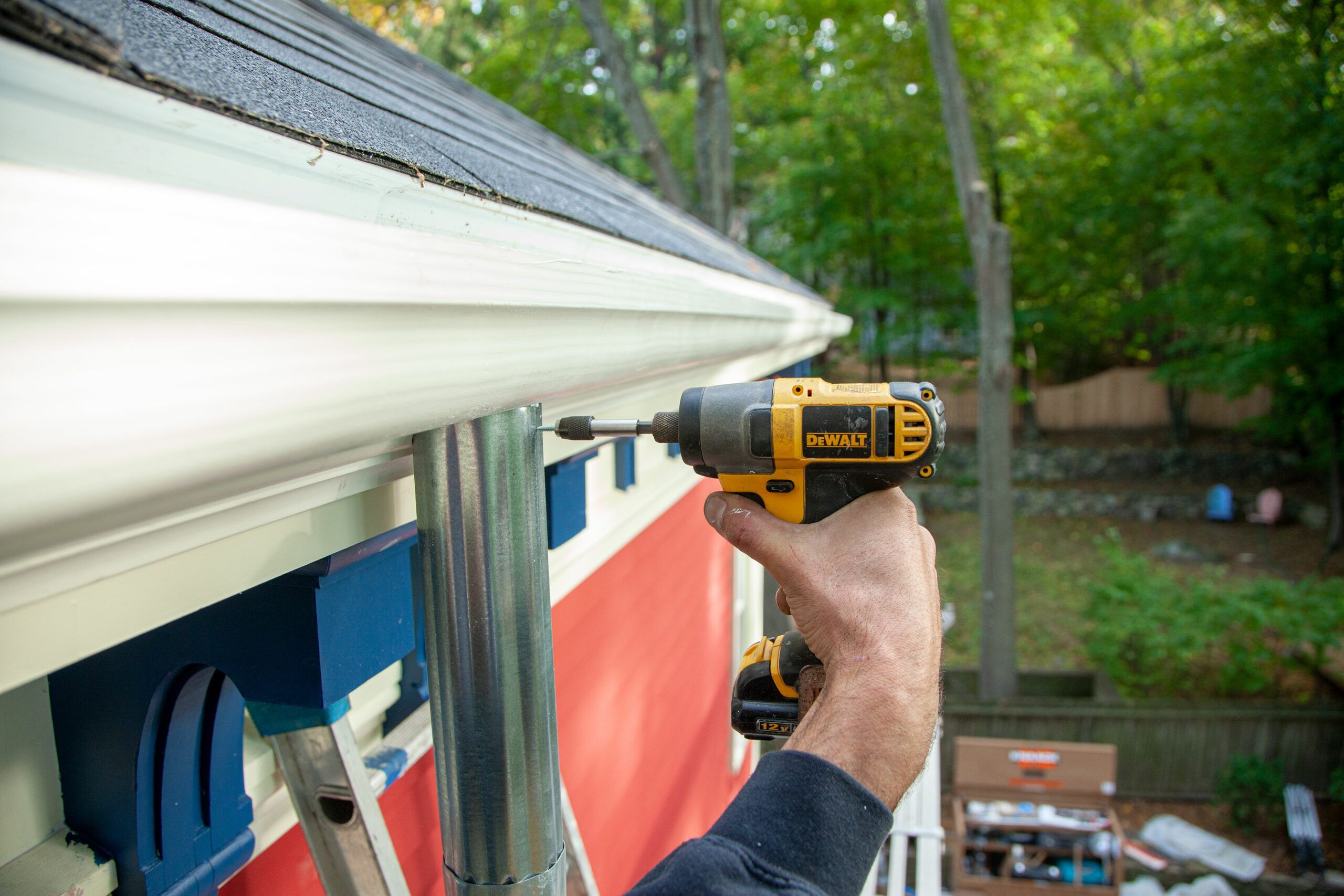
- Secure the downspout outlet to the gutter with four pop rivets or screws.
- Screw a downspout elbow to the outlet tube protruding down from the gutter.
- Hold another elbow against the house and cut a piece of downspout to fit between the two elbows.
- Use needlenosed pliers to slightly crimp the elbow to fit into the downspout (as shown).
- Fasten the parts together with pop rivets or screws.
Tip: Use two downspout brackets on a one-story house and three brackets on a two-story house.
If Adding a Rain Barrel…
- Set two 2-inch-thick concrete pavers on the ground directly below the downspout outlet.
- Set a rain barrel on top of the concrete pavers.
- Install a diverter in the downspout, positioning it even with the top of the rain barrel.
- Attach a short length of downspout to the underside of the diverter.
- Connect the diverter’s flexible hose to the port on the side of the rain barrel.
